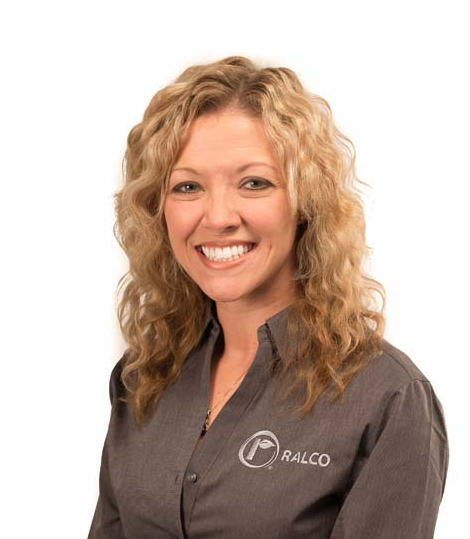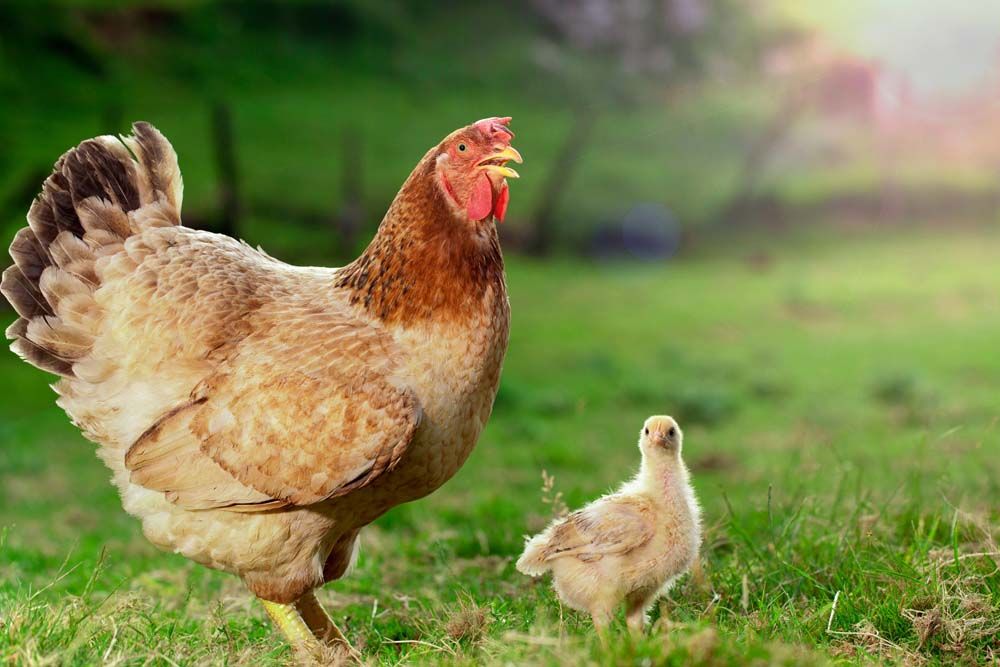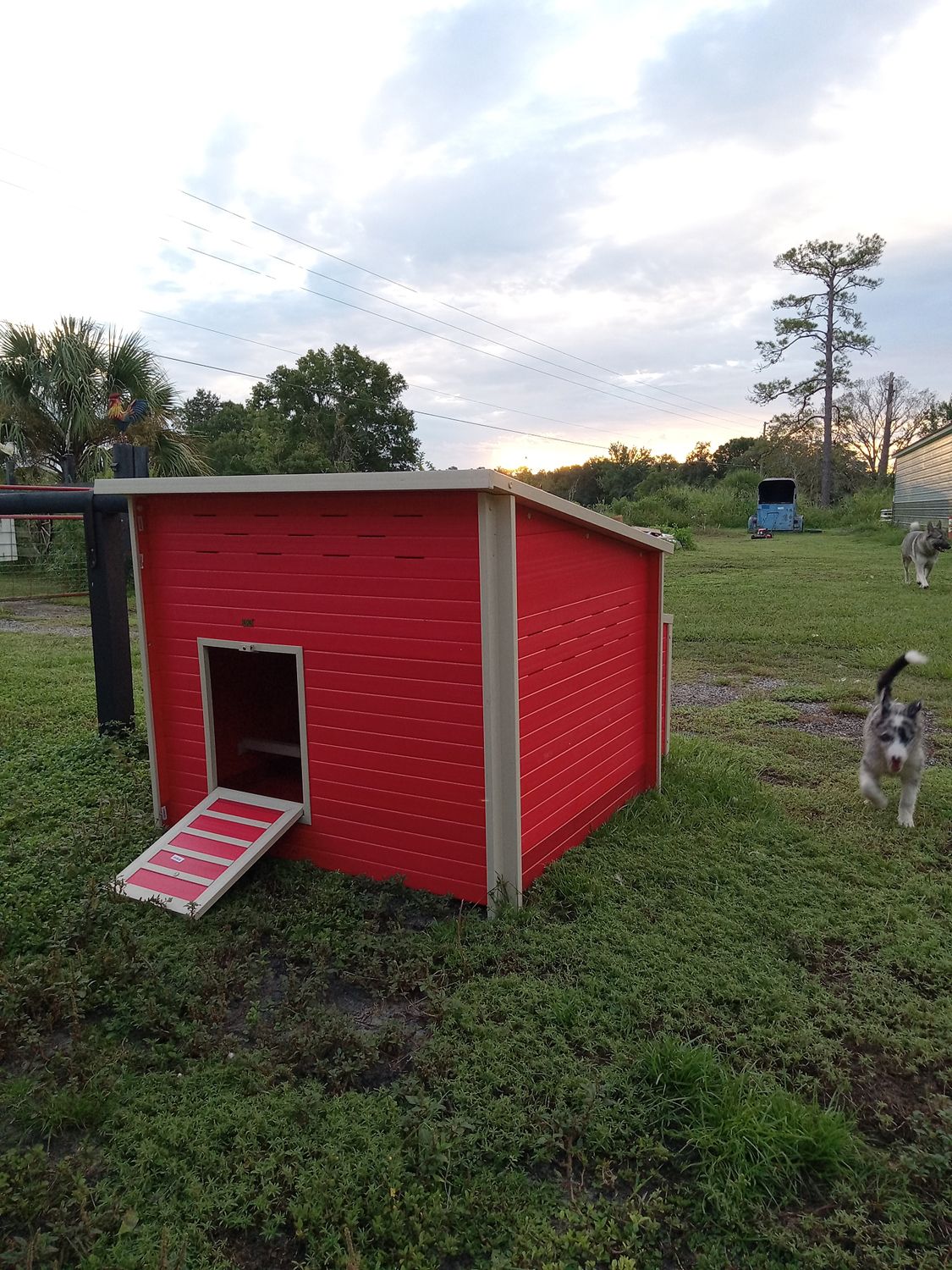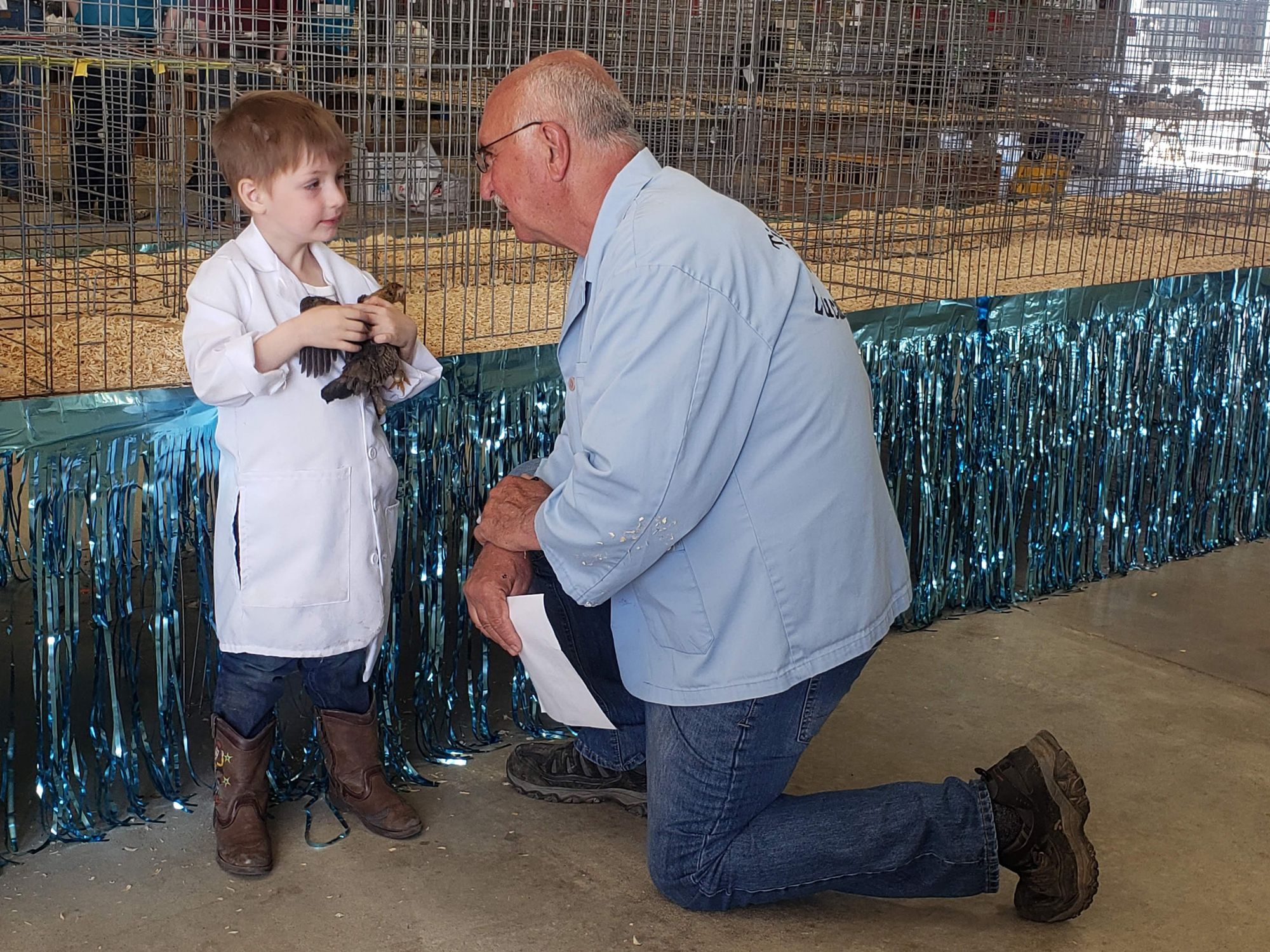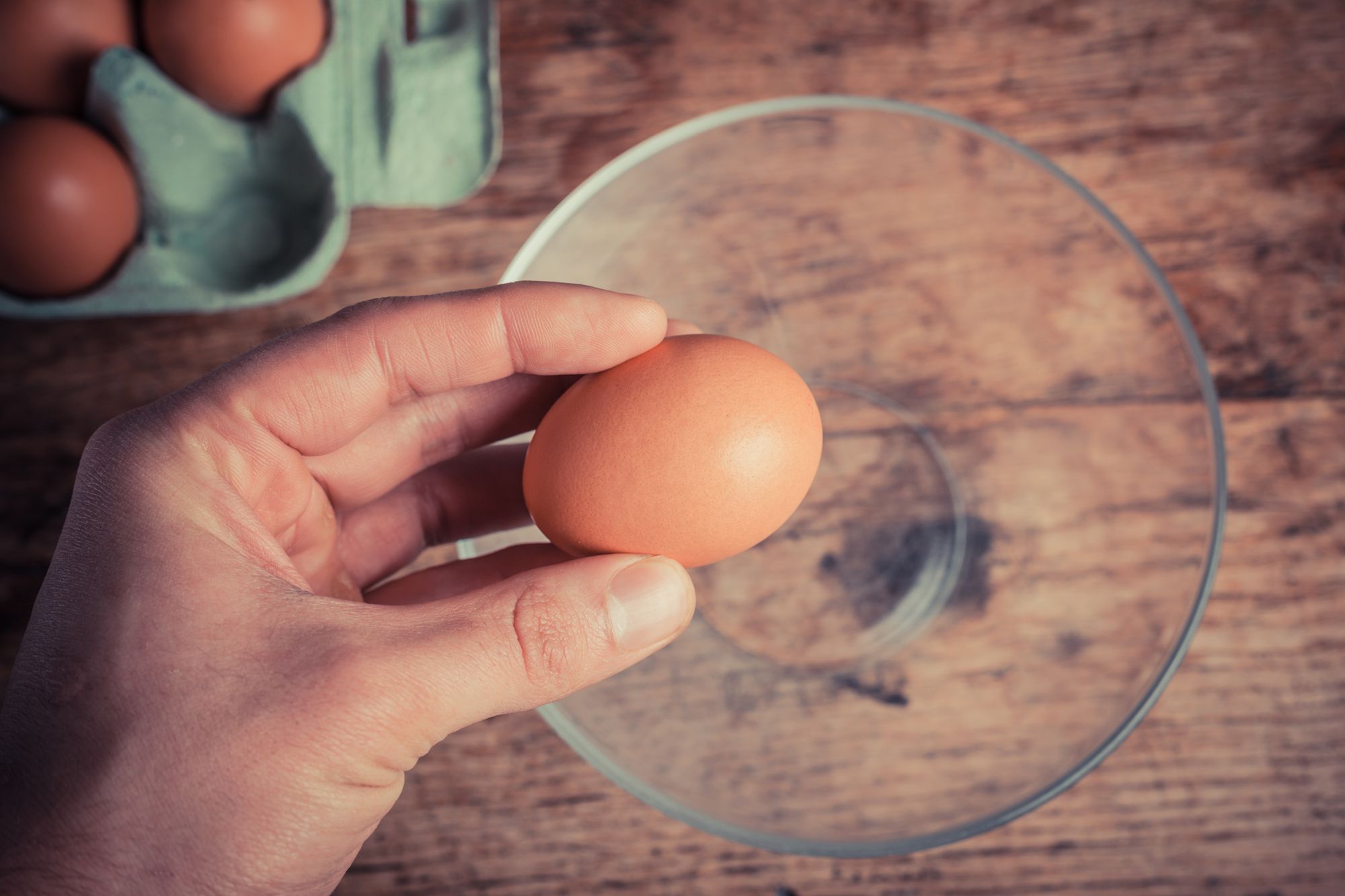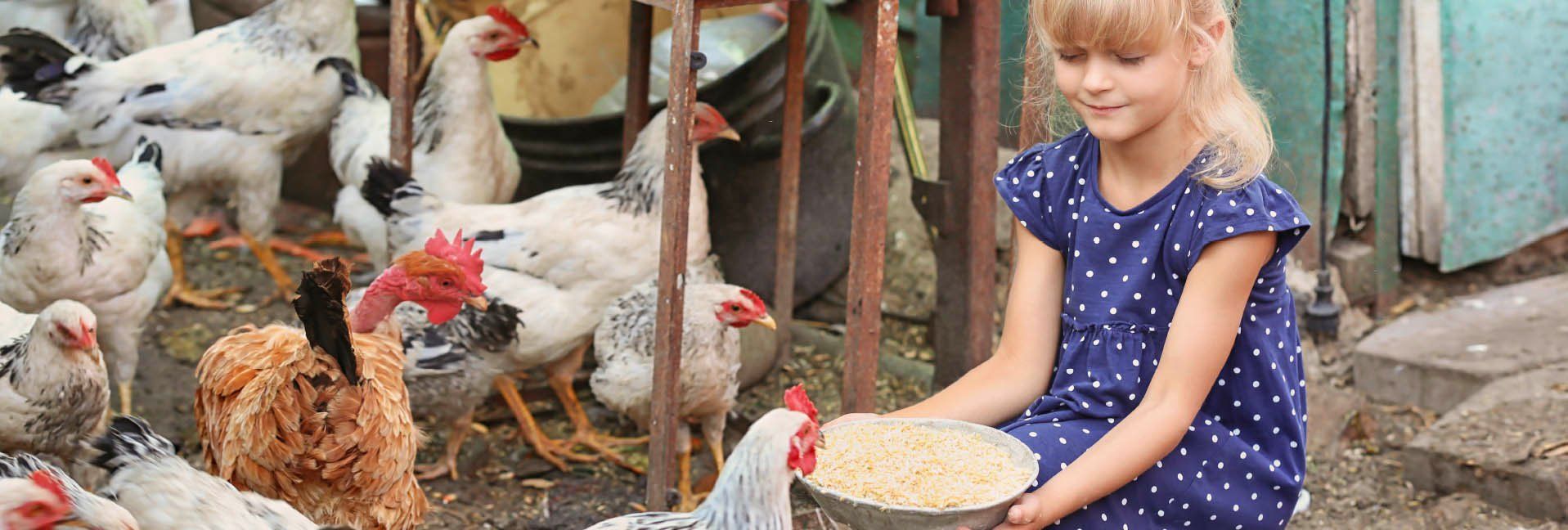Prevention, Evaluation, and Treatment of Wounds
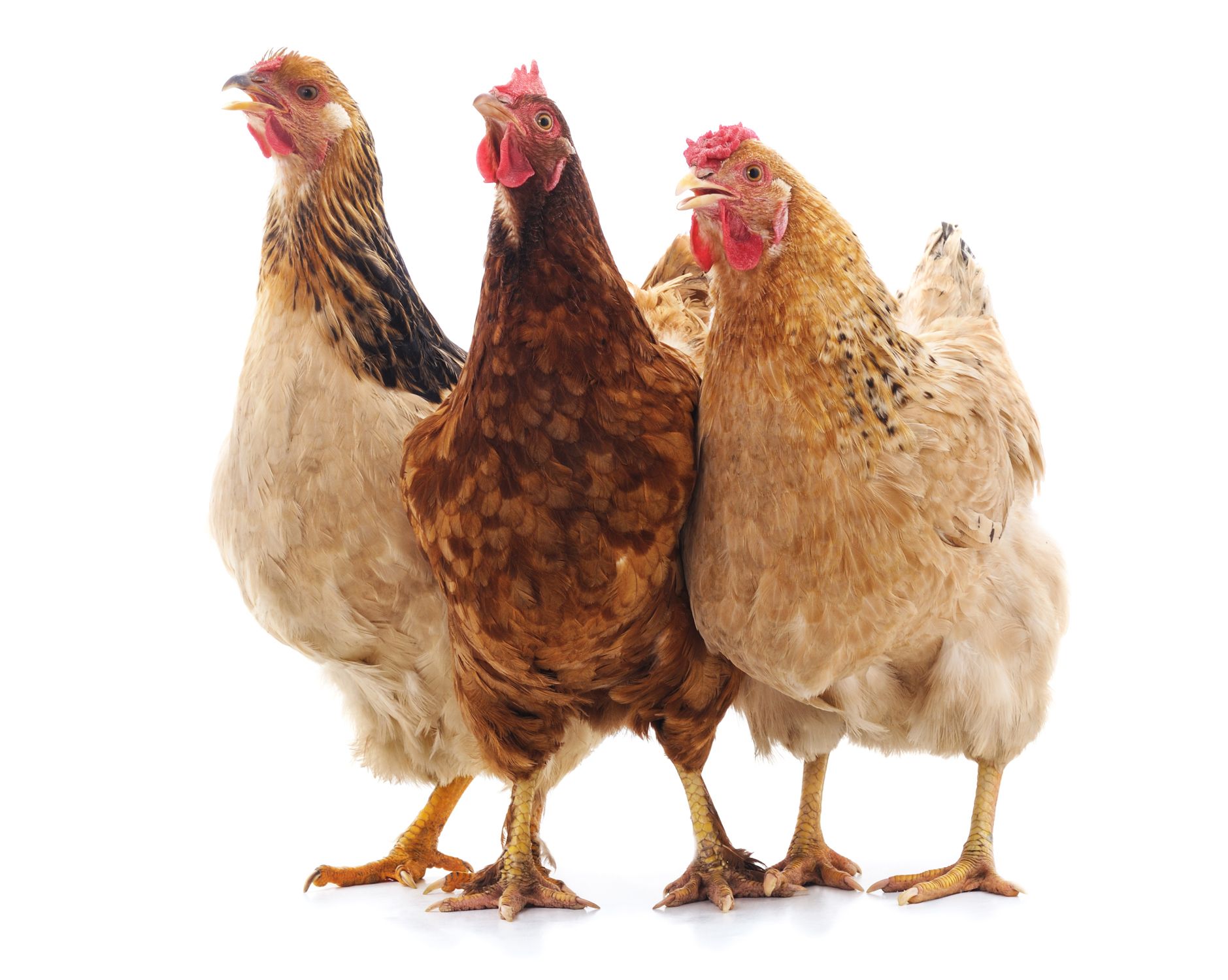

Deal with them now, before a real problem develops
Wounds are common in poultry. They can be caused by a variety of factors including parasites, infectious diseases, or trauma inflicted by predators, sharp objects, or flock-mates. Trauma and external parasites are the most common causes of wounds of the skin in backyard poultry.
Trauma
Injuries from trauma can be mild to severe, and treatments will vary depending on severity. Regardless of wound severity, the first step is to control any bleeding. Apply pressure to the wound until the bleeding stops.
Mild Superficial Wounds
An example of a superficial wound could be a bird presenting with an abrasion on her back caused by a suitor attempting to mate or attacks from more dominate flock mates. In these cases, start by cleaning the affected area. Use lukewarm water to remove dirt, debris and blood from the affected area.
After cleaning the wound, determine the severity and if sutures or further treatment by a veterinarian is needed. After the area is free of debris and determined to not be severe enough to warrant professional medical care, it can be cleansed with a dilute disinfectant solution.
Separate the affected individual from the rest of the flock to prevent flock mates from pecking at the wound. Flock mates may persist at pecking to the wound, eventually killing the wounded individual.
It is important to note that even superficial wounds can lead to skin infections and death. Signs of skin infection can include a wet look to the skin, severe inflammation including redness and pus, dark necrosis or non-healing or worsening of the wound. If you notice signs on infection, contact your veterinarian right away.
For mild wounds, natural topical solutions such as pharmaceutical-grade honey, aloe, vitamin E or essential oil products designed deemed to be safe in poultry work well for wound healing and can be used in egg laying birds without the worry of withdrawal times.
Antimicrobial sprays can be combined with aerosol bandages that create a protective barrier over wounds. Always determine that anything you apply to your birds is non-irritating, non-toxic and safe for use in poultry. In most instances, given time, mild superficial skin wounds heal well in poultry.
Severe Wounds
Severe wounds are often caused by predators and may be deep, penetrating wounds and can be life threatening. For severe wounds contact your veterinarian. Veterinarians can provide emergency stabilization especially for birds in shock, which may include intravenous fluids, a warm and quiet environment, antibiotic therapy, pain control and surgical correction of severe wounds.
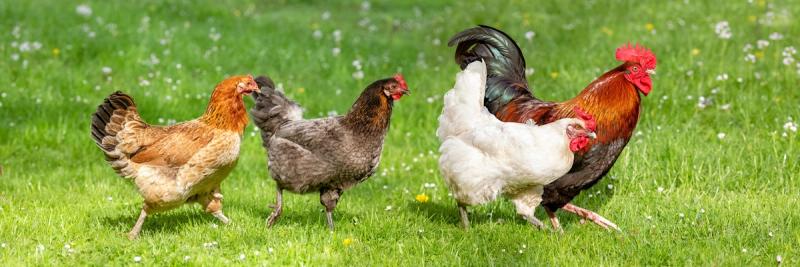
Fly strike is common in wounds in poultry. Maggots can be missed as feathers can cover them. Thoroughly check your birds from head to toe after injuries such as predator attacks looking closely for severe, penetrating or puncture wounds and the presence of fly strike.
Infectious diseases
An in-depth discussion of infectious diseases that can cause skin wounds is beyond the scope of this article, but if you suspect skin wounds may be pox lesions, or if skin lesions are accompanied by diarrhea, respiratory signs, weight loss, lethargy or the wounds are unresolving despite first-aid care, contact your veterinarian to examine the individual or flock.
External parasites
There are many different lice and mites that can infect birds. Signs of lice include irritated skin with small scabs or “moth eaten” appearance of feather. They can be easily seen and are yellow and flat bodied.
Mites are a lot smaller than lice and there are many different species with varying appearance that can infest poultry. Signs of mites can include soiled feathers around the vent, tail, and rear legs. They can sometimes be seen on eggs. If you suspect a parasite but are unable to find the culprits, a veterinarian can take samples and look for mites microscopically for diagnosis and can recommend the appropriate treatment plan.
Prevention
The skin is the largest organ on a bird’s body. It serves as a protective boundary to outside invaders. It is extremely important to help protect skin integrity in your flock. Good husbandry is essential for a healthy skin barrier. Diet, cleanliness of the coop, and moisture of the bedding impact skin integrity.
To reduce the risk of skin disease or wounds in your flock, maintaining a clean environment, provide proper nutrition, avoid overcrowding and protect your flock from predators. Clean, dry bedding is key to healthy skin in your flock.
Check your coop and any environment your flock may have access to for exposed nails, or other sharp object. Feeding a complete and balanced commercial diet not only enhances the health of the skin but can also prevent trauma, as an unbalanced diet can lead to cannibalism behavior in your flock.
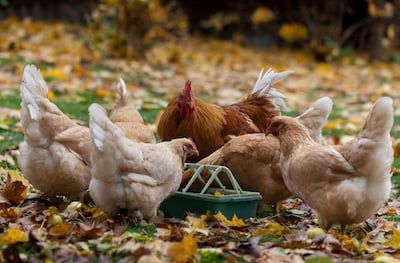
Provide enough feeders and waterers to avoid competition for resources.
To help protect your flock from predators, avoid positioning your flock near tall trees where birds of prey may perch or shrubs or other vegetation where raccoons, foxes, or other predators may hide.
Check your flock regularly for external parasites and ensure they are treated ASAP to prevent severe flock infestations. Access to dust baths reduces the presence of external parasites and can be an effective method in controlling them.

Immediate treatment options
Depending on the size and type of would, it will pay to keep products like these on hand for swift treatment.
Syringe (12cc or 20cc for irrigating (cleaning) wounds
Sterile water or saline solution—for irrigating (cleaning) wounds
Sterile pads—to control bleeding
Povidone-iodine—a skin antiseptic
Wound care spray like Vetericyn, Bye Bye Boo Boos or Blu-Kote for faster healing
Tags:Poultry Advancements

Chicken Whisperer is part of the Catalyst Communications Network publication family.

